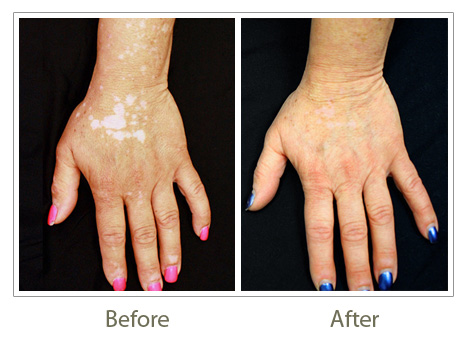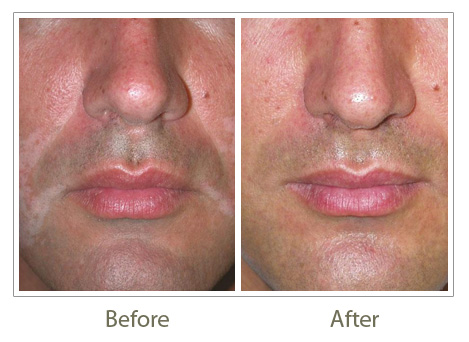Vitiligo Treatment
Vitiligo is a disease that causes the loss of skin color in blotches. The extent and rate of color loss from vitiligo is unpredictable. It can affect the skin on any part of your body. It may also affect hair, the inside of the mouth and even the eyes.
Normally, the color of hair, skin and eyes is determined by melanin. Vitiligo occurs when the cells that produce melanin die or stop functioning.
Vitiligo affects people of all skin types, but it may be more noticeable in people with darker skin. The condition is not life-threatening or contagious. It can be stressful or make you feel bad about yourself. Treatment for vitiligo may improve the appearance of the affected skin but does not cure the disease.







